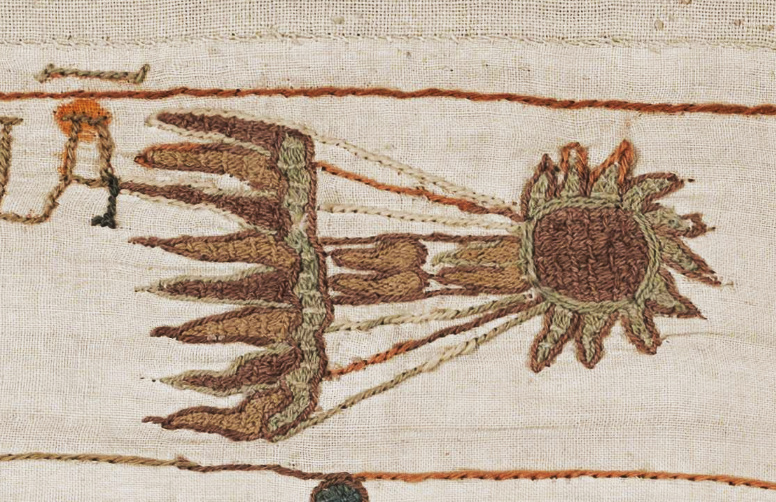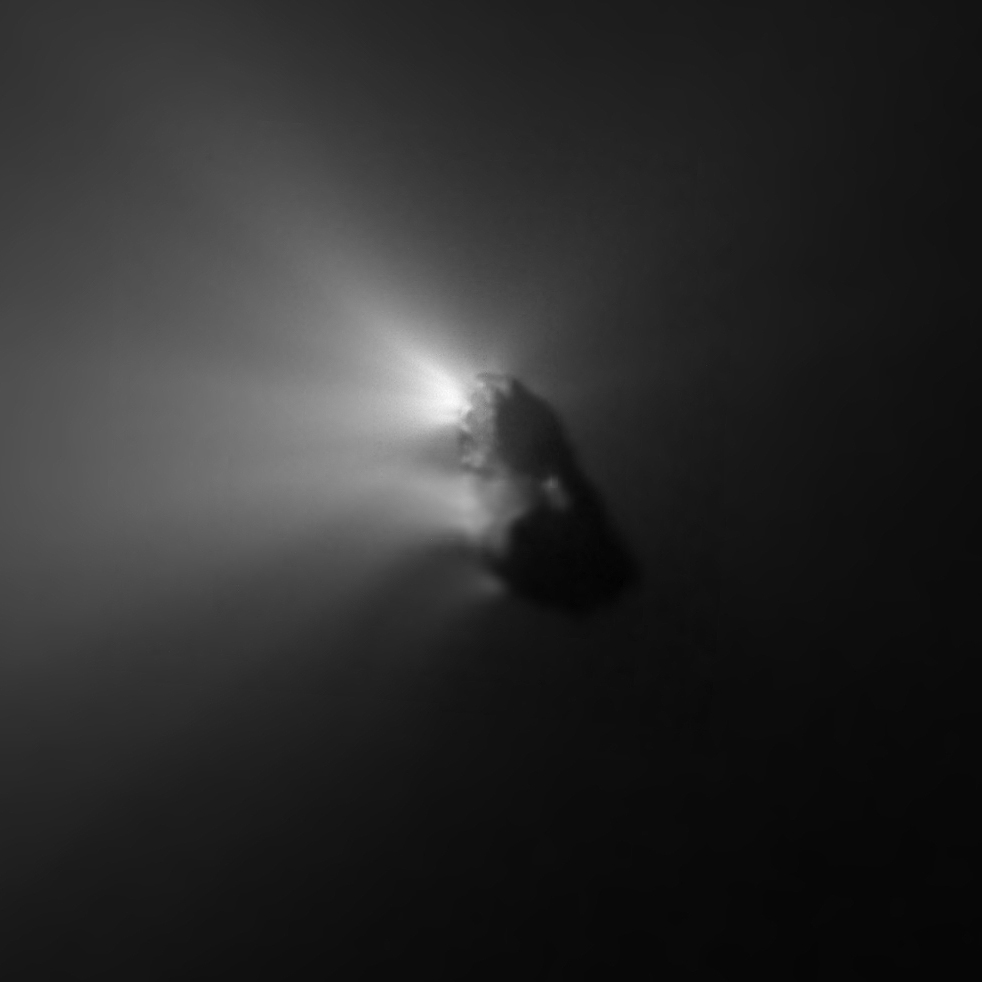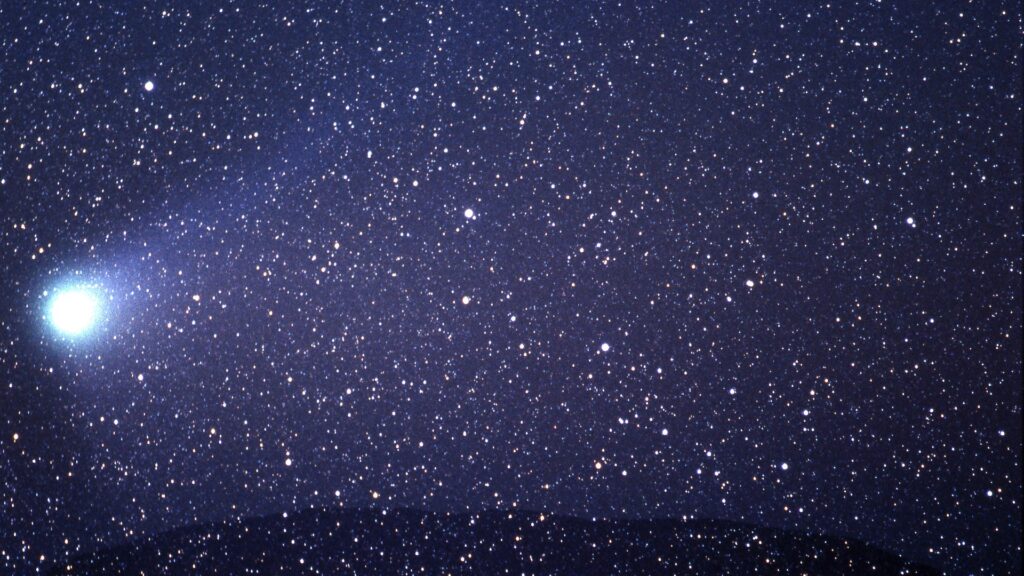On December 9, Halley’s comet passed the aphelion of its orbit. Now it will begin to approach the Sun again.
Most famous comet in history
Halley’s comet is the most famous tailed guest in the history of astronomy. The earliest reliably confirmed records of its observations date back to the 3rd century BC. One of the most famous comet visits occurred in 1066 AD. Contemporaries considered it a bad omen and later linked it to the Battle of Hastings, during which the Normans conquered England.

The comet was named after astronomer Edmund Halley. At the beginning of the 18th century, he performed calculations of the orbits of several dozen famous comets and drew attention to the similarity of the orbits of several of them. At the same time, the intervals between their appearances were 75–76 years. Halley made the bold assumption that this was about the same object. In 1716, he published detailed calculations, predicting that the comet would next return in 1758.
Halley did not live to see this date. But on December 25, 1758, astronomer Johann Palitzsch actually discovered the comet he predicted. This event was the first triumphant confirmation of Newton’s law of universal gravitation.
Previous and new visit of Halley’s comet
The last time Halley’s comet visited the inner Solar System was in 1986. This visit has become one of the most “unreliable” in history. The comet and the Earth were on opposite sides of the Sun, and the factor of light pollution in the sky also played a role. Nevertheless, an entire armada consisting of five spacecraft was sent to the tailed guest: the Soviet Vega-1 and Vega-2, the Japanese Sakigake and Suisei, as well as the European Giotto.

The European Giotto probe managed to get closest to the comet. It flew at a distance of 596 kilometers from its core. It turns out that the core of Halley’s comet has a peanut-like shape and reflects only 4% of the sunlight falling on it, which is comparable to the albedo of charcoal. Its dimensions are 15 x 7.2 x 7.2 km. The comet’s core has a very diverse terrain, including hills, ridges, depressions and traces of impact craters.
After this visit, Halley’s comet began to move away from the Sun. And so, on December 9, 2023, it passed the perihelion of its orbit. At that moment, the comet was at a distance of 5.26 billion km from the Sun. This is more than the distance to Neptune.

Now, Halley’s comet will begin its return journey to the center of the Solar System, which will take another 38 years. It will be seen again in the earth’s sky in the summer of 2061. According to astronomers, this time the conditions for observing the famous comet will be much more favorable than in 1986.
Follow us on Twitter to get the most interesting space news in time
https://twitter.com/ust_magazine


